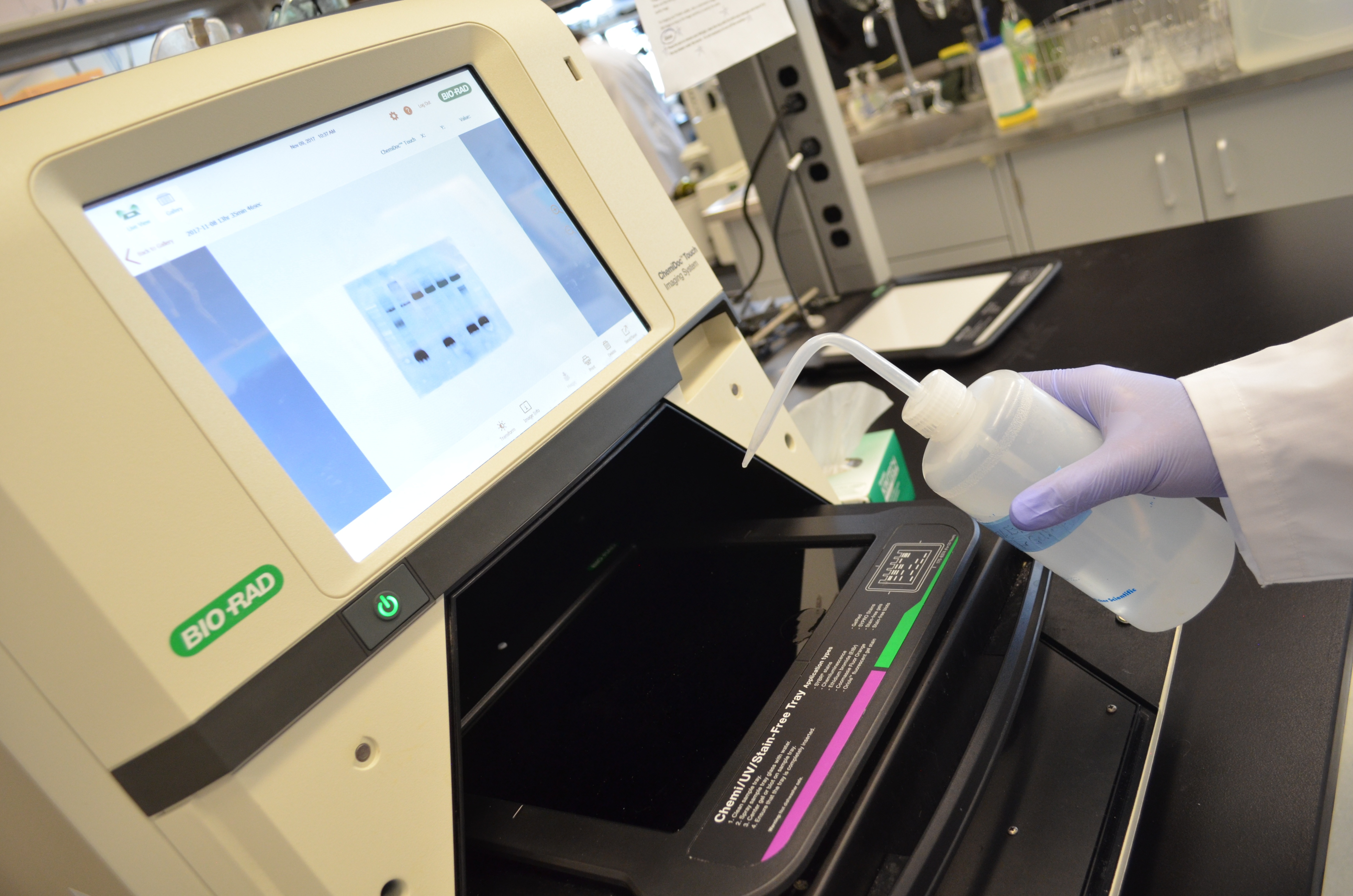
Telecentric lenses have been used for biological imaging and sensing applications previously, , however, they are significantly more complex and expensive than entocentric lenses, and thus would mitigate any of the cost savings generated by using a Western-blot imaging system instead of purchasing a luminometer. Unlike entocentric lenses, with telecentric lenses the chief rays from an object are parallel to the optical axis of the lens, meaning magnification and perspective is consistent regardless of the objects perpendicular distance to the optical axis. This well position effect could be eliminated optically by replacing the entocentric lens with a telecentric lens. This perspective error, which we refer to as well position effect, is due to the entocentric lens used in conventional cameras. Wells located close to the optical axis of the lens show a complete view of the contents of the well, whereas the contents of wells further from the optical axis are partially obstructed on one side of the well and signal is reflected off the wall of the opposite side. 1, the appearance to the camera of a microplate well is dependent on the angle of incidence to the camera itself. Although this technique has comparable performance to a dedicated luminometer, an additional source of error is introduced when measuring a high number of microplate wells, or if the measured wells are far apart. Expanding the use of a common piece of laboratory equipment such as this can be preferable to purchasing a dedicated luminometer, if one is not already present. Previously it was shown that a Western-blot imaging system can be adapted to reliably detect and quantify luminescent signals. The simplicity of measuring luminescence can be taken advantage of since other types of equipment, such as CCD cameras, can convert light emitted from a luminescent reaction to a digital signal for quantification.

Previous reports have demonstrated that common inexpensive devices, such as smartphones, can replace expensive conventional equipment. Whether a luciferase based reporter assay is used to study gene expression, or chemiluminescent assay for measuring biochemical reactions, it is generally thought that a spectrophotometer capable of detecting the luminescence signal is required. These methods require equipment that at a minimum contains a light source and sensor, while luminescent detection requires just a sensor. Since the emitted light from luminescent assays is the result of a chemical or biochemical reaction, it is uniquely less complex than other assay detection modalities such as absorbance or fluorescence. Luminescent assays offer a simple, sensitive, and high-throughput method for measuring a vast range of biological processes.


 0 kommentar(er)
0 kommentar(er)
